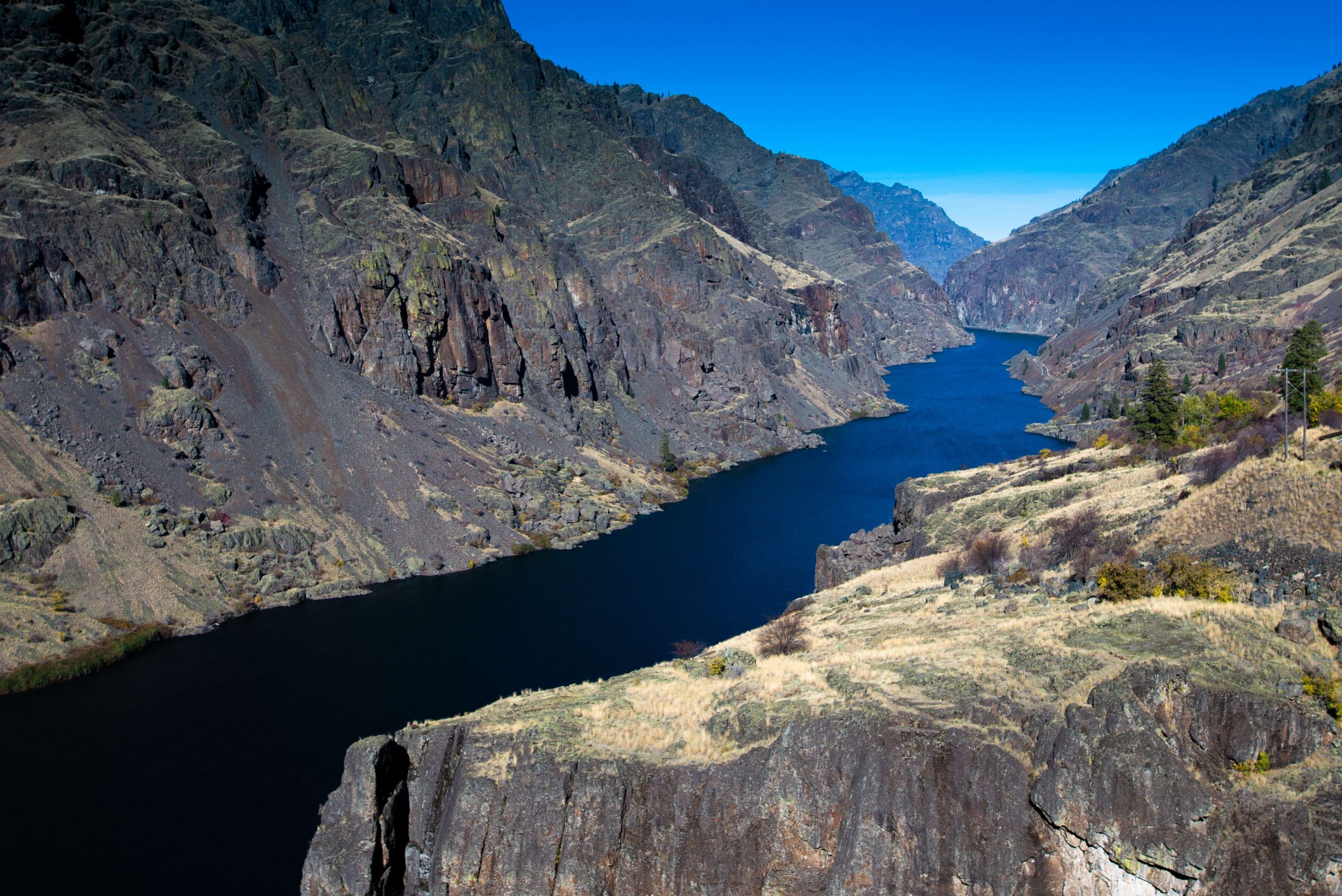Idaho Power is committed to doing its part to maintain and improve water quality in the Snake River. Our role is to serve our customers’ need for power and to do it in a way that serves the environment in which we live.
While our dam operations affect water temperatures, research has shown many forces above our dams contribute to issues with the quality of the Snake River’s water. Idaho Power is committed to working with landowners, state and local governments and nonprofit agencies experienced in water-quality issues to ensure the Snake River continues to be a vital resource in our region.
Bacteria and Algae
Bacteria and algae are vital to freshwater ecosystems. Cyanobacteria are a type of bacteria commonly referred to as blue green algae. Cyanobacteria can grow rapidly into a bloom. This is natural, but these algal blooms can create a potential hazard for humans and animals. Water users should note whether blooms are visible in areas where they or their pets or livestock may come into contact with the water.
Blue green algae blooms can be unsightly and vary in appearance. These blooms can appear as visible green, blue-green, or reddish brown foam, scum, or mats that float on or near the water surface, especially near the shoreline.
Blooms may appear at different times of day. They may be associated with foul odors during the bloom or after the algae begins to die.
Most algae do not reach nuisance levels or become harmful to humans and animals. A harmful algal bloom (HAB) can occur when certain types of algae are present in high concentrations or produce toxic substances that can harm people, pets and livestock.
HABs are most often caused by cyanobacteria. Humans who drink, swim, or come into contact with water containing high concentrations of cyanobacteria or cyanobacterial toxins may experience diarrhea and vomiting, skin irritation, allergic responses or liver damage. The toxins tend to accumulate in the internal organs of fish, so eating fish not properly cleaned could pose health risks. Animals, including pets, livestock, and wildlife, are also at risk of illness or possible death.
Find more information on the following websites:
